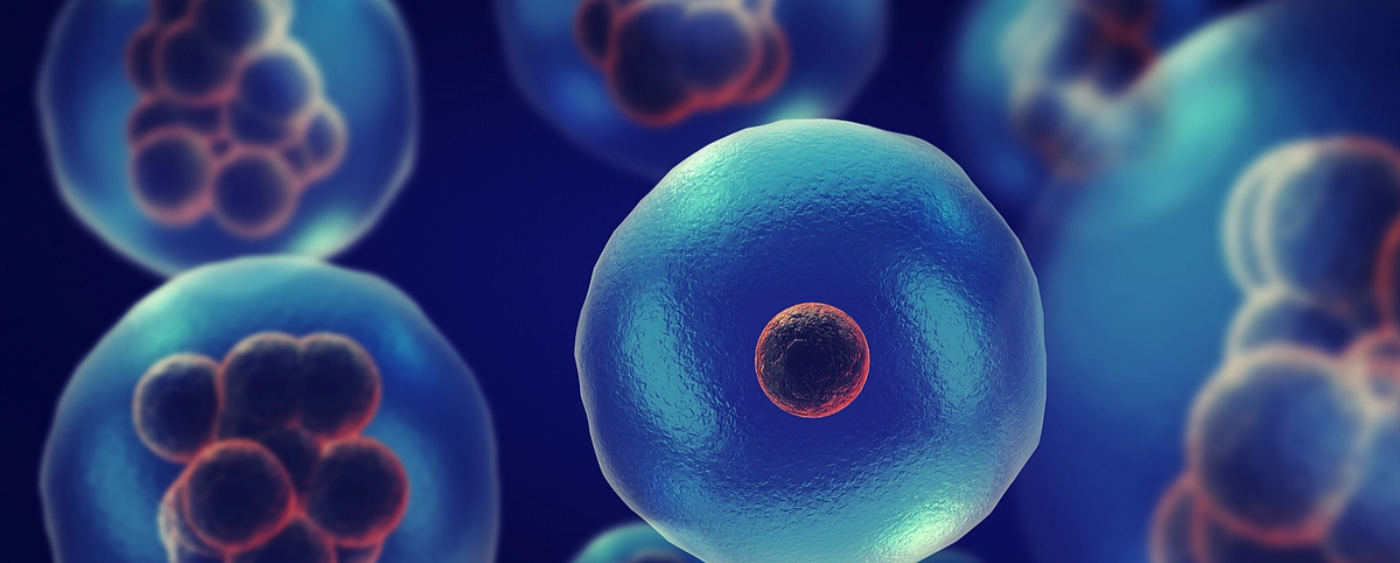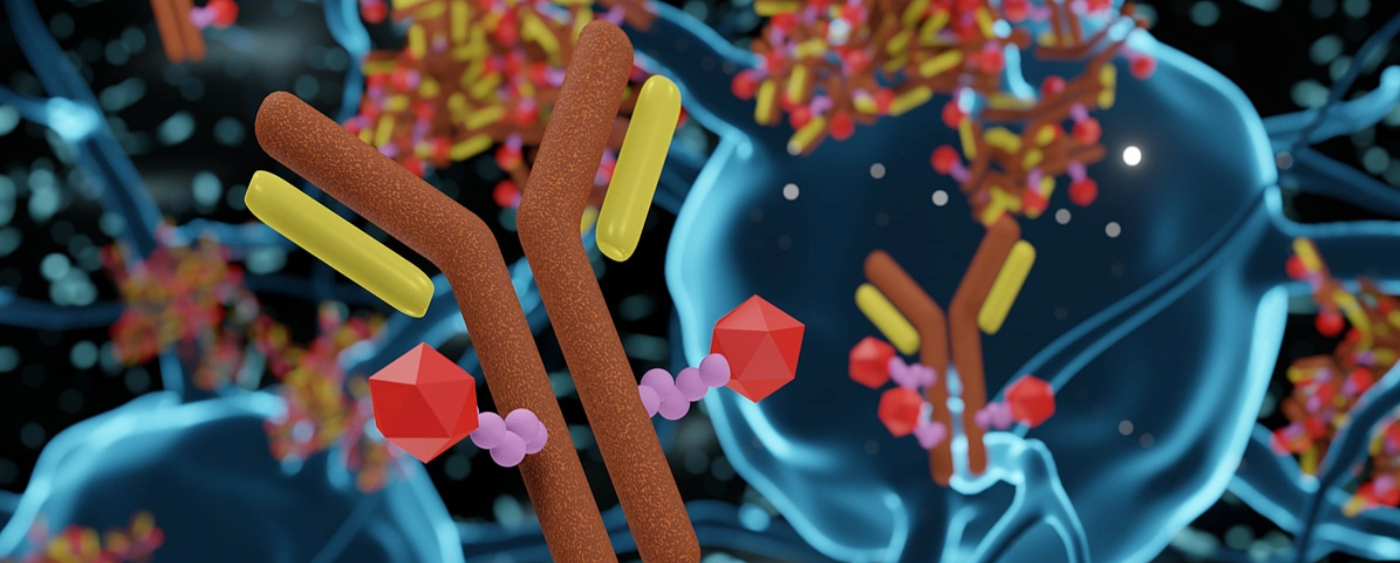Home
Products
Optoelectronic Tweezer System
OptoBot®1000 Single-Cell Optoelectronic Microfluidic System

OptoBot®1000 Single-Cell Optoelectronic Microfluidic System
Optoelectronic Tweezer System
This system uses optoelectronic tweezers and automated microfluidic chips to achieve high-throughput cell screening with lower labor and material costs, reducing experiment time from months to weeks. It supports fully automated workflows, real-time cell monitoring, and high data reproducibility without compromising cell viability. With intuitive controls, built-in imaging, GMP-compliant design, and flexible configurations, it meets ISO Class 5 or BSC Class II standards for a range of lab environments.
Product Features
- Full-process automation
- Intuitive user interface
- AI-powered analysis software
- Smart system monitoring
- Biosafety protection
- On-chip cell culture

Areas of Interest



Cell Therapy
High-throughput, automated workflow: Sequentially isolates target single cells from transient co-cultures for downstream analysis, enabling multidimensional characterization of T cell potency at single-cell resolution. Images captured during isolation allow tracking of specific cells or cell types.
Cell Line Development
By culturing and isolating monoclonal cells, we conduct functional validation and expression profiling to analyze and screen for cell lines demonstrating high expression levels and stability. Leveraging precision single-cell manipulation, our integrated cell line development workflow enables high-yield cell line screening within 5 days.
Antibody Discovery
The process involves isolating single B cells and conducting functional validation of secreted antibodies to assess their affinity and specificity, thereby screening and selecting high-specificity B cells.Subsequent sequencing and bioinformatics analysis are performed to align sequencing data with antibody functional data in a one-to-one correspondence, ultimately obtaining specific antibody sequences.







